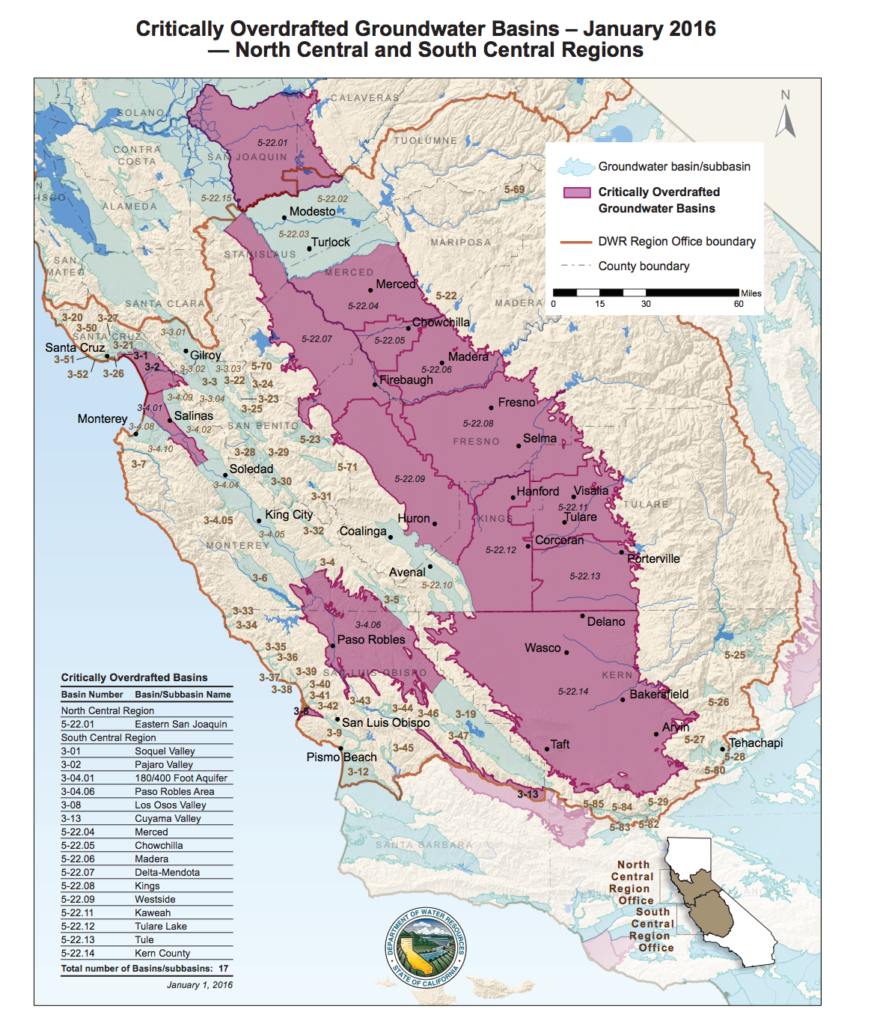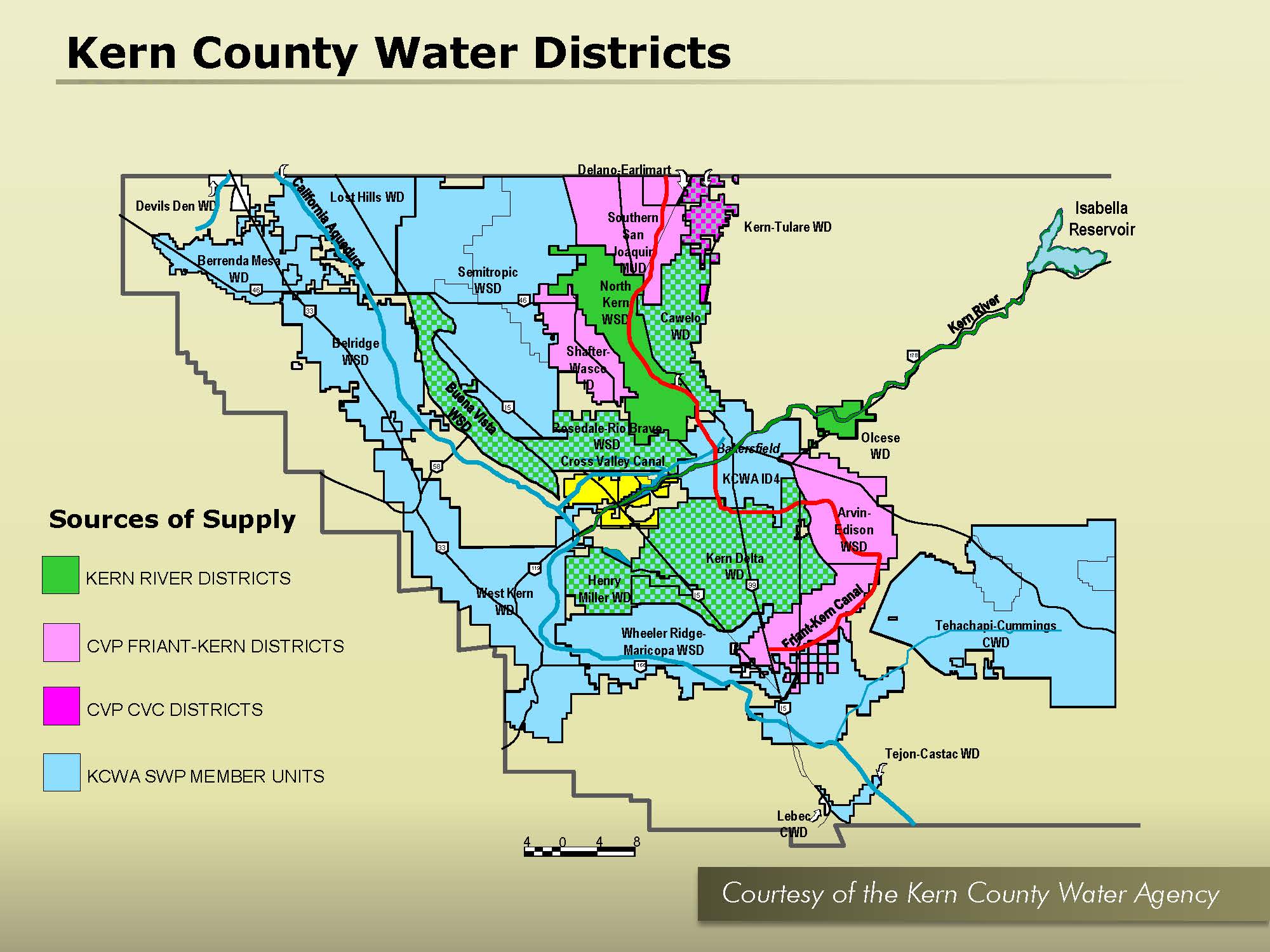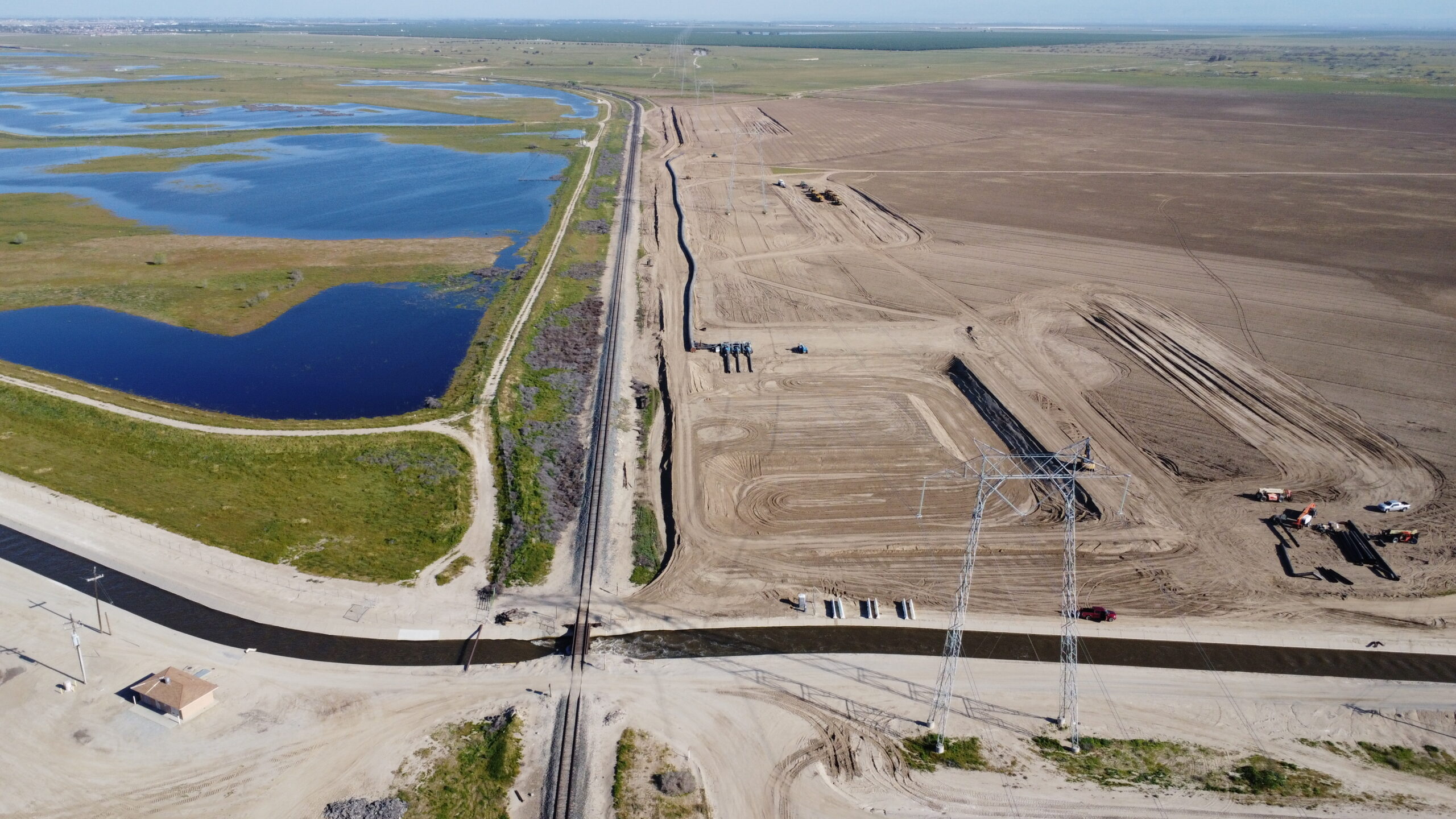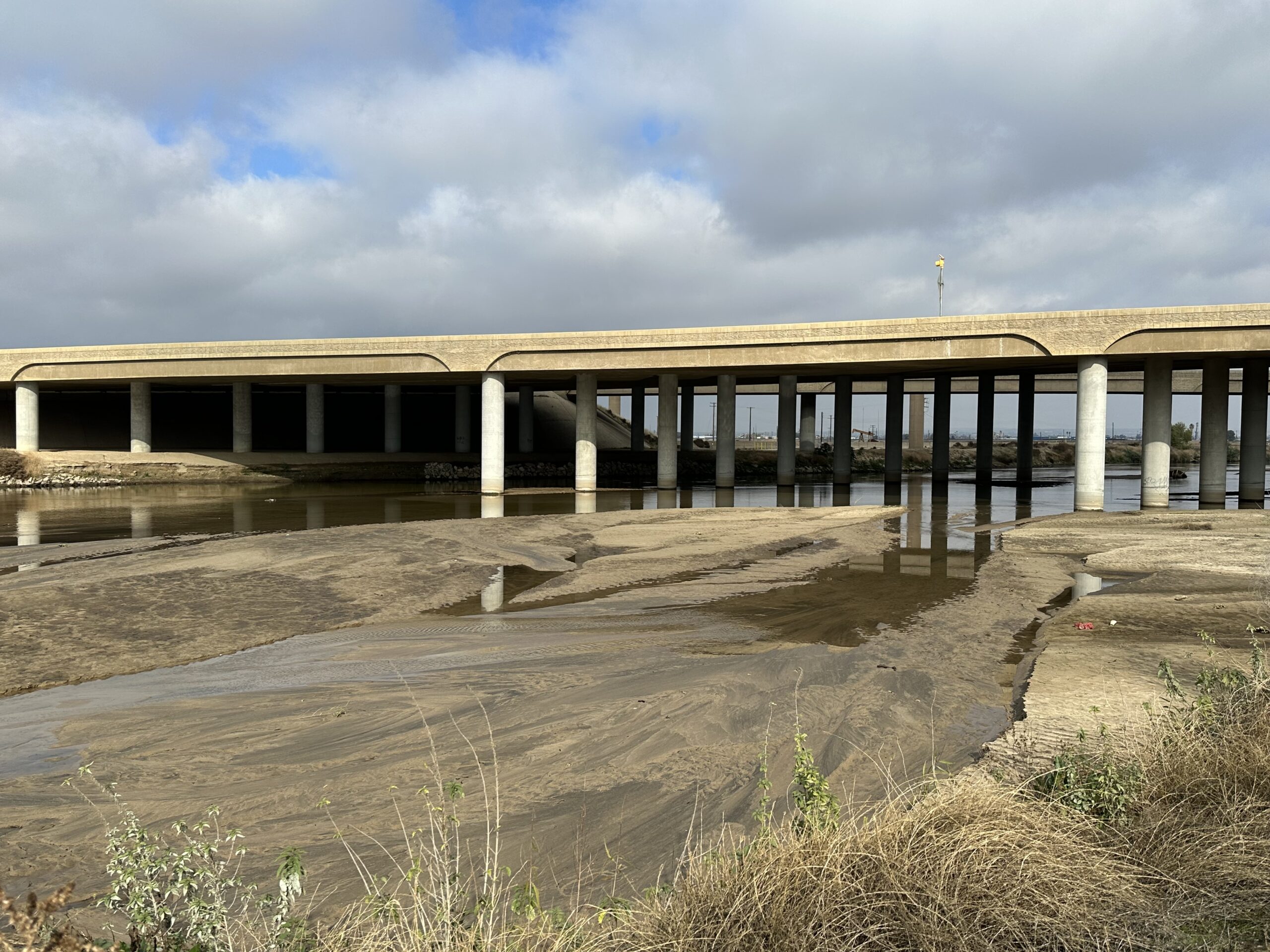Groundwater plans for eight “critically overdrafted” subbasins in the San Joaquin Valley were deemed incomplete by the state Department of Water Resources (DWR) on Friday.
Plans covering the Kern, Eastern San Joaquin, Merced, Chowchilla, Kings, Kaweah, Tulare Lake and Tule subbasins were all officially labeled as “incomplete” by DWR. On January 21, DWR also deemed four other groundwater plans incomplete, including Westlands Water District’s in western Fresno County.
In Kern County – where groundwater is being overdrafted by more than 324,000 acre feet a year, on average – DWR staff hit on the need for better coordination among the groundwater sustainability agencies. Agencies are using “fragmented” data and methodologies to determine the overall ingo/outgo for the subbasin, according to DWR.
Without all agencies on the same data page it will be difficult to know if the 180 listed projects and actions to stanch the area’s groundwater hemorrhaging are actually working, according to DWR’s analysis.
Beyond that, the state suggested that Kern’s deficit could not be filled by groundwater recharge projects alone and managers must also look at “demand reduction.”
“A pragmatic outlook is that a significant amount of the 324,326 acre-feet per year will not be realized through supply augmentation only,” the evaluation states.
“It’s a tough thing,” to implement pumping limits, said Buena Vista Water Storage District General Manager Tim Ashlock, “No one wants to be the one to do it, but we all know it has to be done.”
For its part, Buena Vista only had a few small corrections to its plan, he said.
Managers for all the deficient subbasins will now have six months to address plan deficiencies as outlined by the state and resubmit them to DWR for another review. If the plans are rejected at that time, the state Water Resources Control Board could take over the subbasins and manage groundwater directly, or take other, more punitive actions.
Staff at DWR have been reviewing plans for the most critically overdrafted subbasins – most of which are in the San Joaquin Valley – since 2020 as part of the Sustainable Groundwater Management Act. No San Joaquin Valley groundwater plans have been approved so far.
Groundwater plans covering the Madera subbasin were filed late and DWR anticipates issuing its formal evaluation for that subbasin potentially this summer or fall.
The Sustainable Groundwater Management Act (SGMA), passed in 2014, mandates that over-pumped aquifers be brought into balance by 2040. Balance, in general, means more water shouldn’t be pumped out than goes back in, in order to avoid what are known as “undesirable results.”
Undesirable results ascribed to over pumping include: seawater intrusion; depletion of interconnected surface water (river water being sucked into a groundwater deficit, for example); land subsidence; chronic lowering of groundwater levels; water quality degradation and reduced groundwater storage.
SGMA was passed during California’s last major drought after so much groundwater was being pumped out for crops that hundreds of domestic wells in the valley went dry and large sections of land sank, damaging canals and other infrastructure.
The reasons for the incomplete determinations for the eight subbasins vary, but common deficiencies include inadequate definitions of “undesirable” results and a lack of information about chronic lowering of groundwater levels, land subsidence and water quality.
“I don’t think it looks like anything that can’t be addressed in the time we’re given,” said Matt Hurley, general manager of McMullin Area groundwater sustainability agency, one of seven groundwater agencies that make up the Kings Subbasin. “I don’t see it as any major mountain to climb.”
Hurley said staff will consult with DWR and other groundwater agencies to review the suggested corrective actions.
“Their interest is the same as ours, that we get these things tuned up to meet the requirements and get about implementing them so we can get to sustainability as quickly as possible,” said Hurley.
Share this:
- Click to share on Facebook (Opens in new window)
- Click to share on Twitter (Opens in new window)
- Click to share on LinkedIn (Opens in new window)
- Click to share on Reddit (Opens in new window)
- Click to share on Tumblr (Opens in new window)
- Click to share on Pinterest (Opens in new window)
- Click to share on Pocket (Opens in new window)
- Click to share on Telegram (Opens in new window)
- Click to share on WhatsApp (Opens in new window)
- Click to print (Opens in new window)








